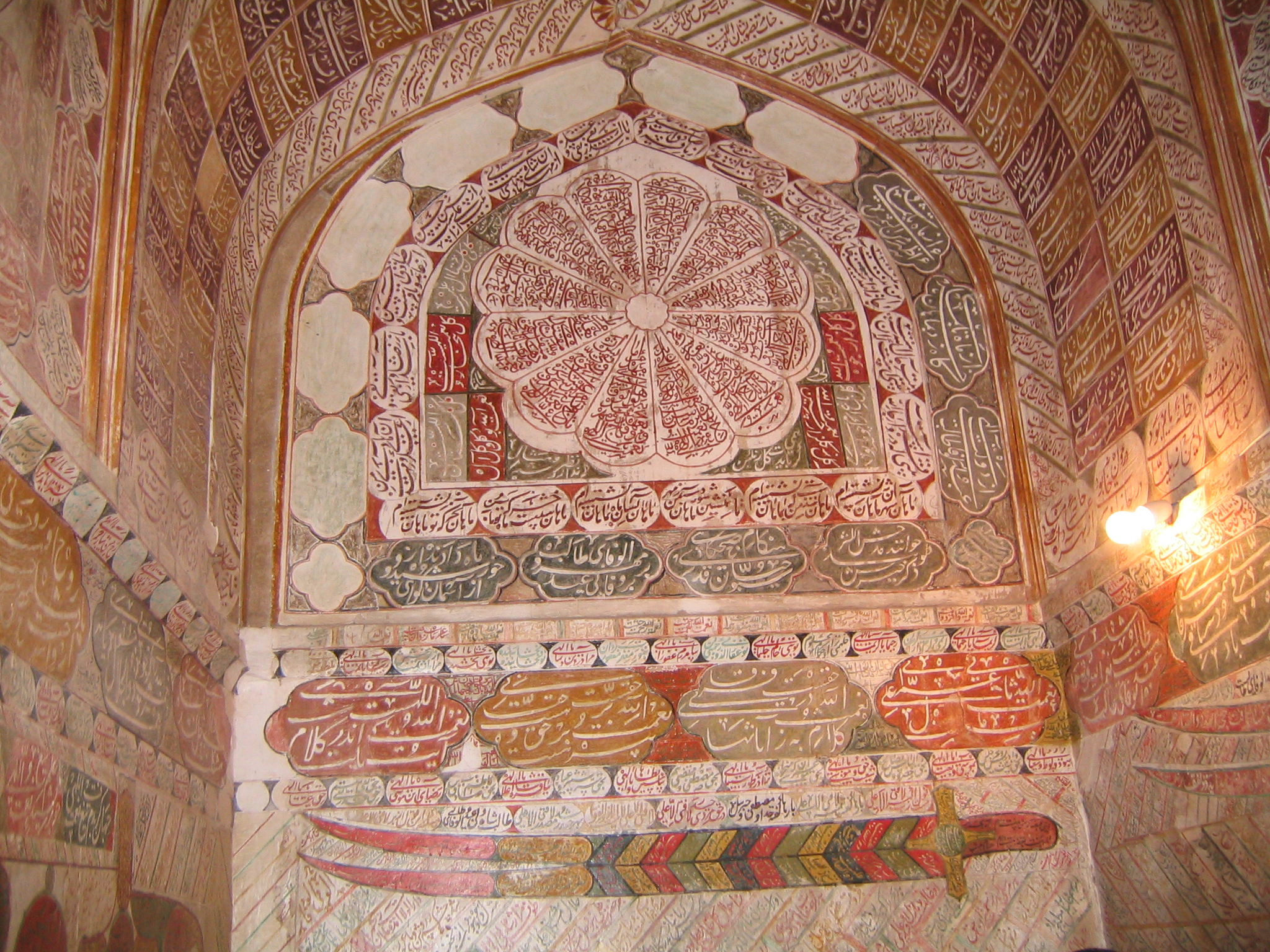Photo : Shah Nematallah Vali Shrine
Province:
KermanAdditional Information:
Description:
Shah Nematallah Vali Shrine is a historical complex, located in Mahan, Iran, which contains the mausoleum of Shah Nematollah Vali, the renowned Iranian mystic and poet. Shah Nematollah Vali died in 1431 aged over 100. In 1436 a shrine was erected in his honor and became a pilgrimage site; with the attention of successive rulers contributing various additions over the centuries The shrine complex comprises four courtyards, a reflecting pool, a mosque and twin minarets covered with turquoise tiles from the bottom up to the cupola. The earliest construction is attributed to the Bahmanid ruler Ahmed I Vali who erected the sanctuary chamber in 1436. Shah Abbas I undertook extensions and renovations in 1601, including reconstruction of the tiled blue dome, described as “one of the most magnificent architectural masterpieces in old Persia”. During the Qajar period the site was particularly popular, necessitating the construction of additional courtyards to accommodate increased numbers of pilgrims. The minarets also date from this period. The small room where Nematollah Vali prayed and meditated contains plasterwork and tile decorations. The complex is also famous for its tilework and seven ancient wooden doors. On the southwestern side of the portico behind the shrine, there is a small place where Shah Nematollah Vali spent 40 days and nights worshipping God. Its roof is like the hat worn by Sufis and has 12 cracks in it. Some verses of the Quran as well as and Persian poems have been written on the walls. Chelleh Khaneh was totally damaged during a flood in 1932, but was reconstructed later
Download this photo